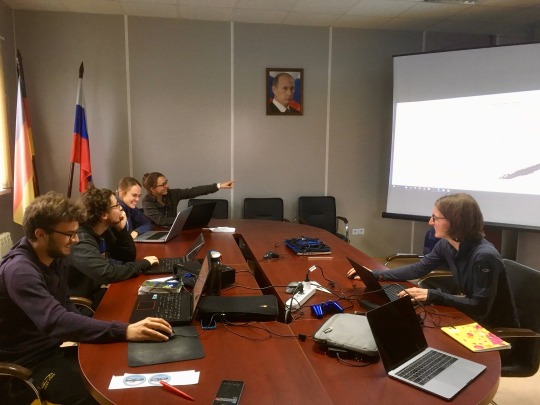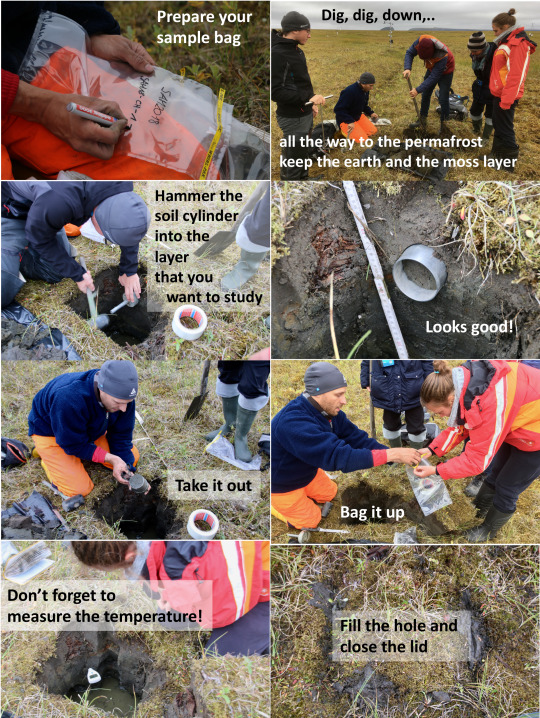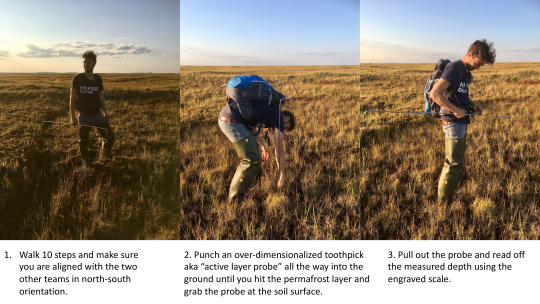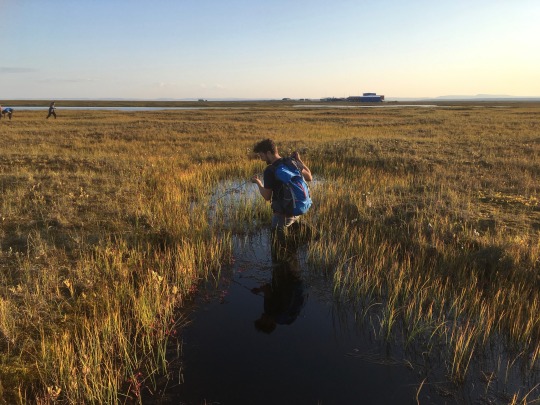#my moods CAN change rather quickly but i very rarely go from zero to one-hundred like i did
Text
Didn't realize how Not Over The Abuse I am until The Trial went mainstream. I don't pay attention to celebrities regardless but with the way this is going, I think I'm going to need to just blacklist every single celebrity name that has ever been accused or has made an accusation. I have very few hard limits in regards to what I truly cannot handle, and quite literally not being able to escape reminders of my abuse is one of them.
If my mental state improves with this before the week is over, I'll take that to mean that ignorance is my personal bliss.
#i don't like talking about my abuse online because it's just ugh#it has nothing to do with my quote unquote theme and it could easily be used against me by someone with malicious intentions#but my blog is my outlet so it is what it is#i'll bet this is why i was so dysphoric and suicidal That Night#my moods CAN change rather quickly but i very rarely go from zero to one-hundred like i did#and it's unusual for me to suddenly experience dysphoria or become suicidal when i've otherwise been mentally well-off like i have been#sometimes your stress externalizes itself in ways you don't expect or believe to be sensical#i think that might have been what happened here#i hate the thought of having such a severe trigger because i've always been one to give my silent support to victims#but if avoidance of these such topics is what it's going to take to make me feel okay again#then i guess i'm biting my tongue and remaining neutral henceforth#because i can't keep doing this lol.#just talking to myself#text#my post
0 notes
Text
Swiss research activities at Samoylov station
Now that the geology course is over, we focus 100% on our experiments.
Pretty naturally, we have found our daily rhythm and every day is full of activities. Usually it goes like this:
In a way the day starts at 8pm after dinner, because that’s when we have our daily group meeting. Either we get together in the “girls’ room” that Franzi and I share with Flore and Annina, or we occupy one of the common rooms. When nobody else is in it, we conquer the conference room, because we can use the beamer to look at our results.

Group meeting in the stations conference room, always under close supervision of the chief commander.
Everybody quickly reports what they have done during the day and shows the results. This usually triggers some discussions about the experiments and necessary future adjustments. It is not rare that time goes by until one of us looks at the watch and shouts out: “guys it is already xyz (= too late)”, we need to move on to tomorrow’s tasks. Before we left Lausanne, we had promised each other that we would never go to bed without having planned the next day. Experience has taught me, that everybody is sleepy in the morning and that it is easier to start the day with a plan. Consequently, last official action of the day is the task distribution for tomorrow. At the beginning, Franzi and I took charge of listing the activities we deemed important, but a few days ago we transferred this responsibility to the students, and they are doing very well with that. Sometimes we add a few items from our own notes, but largely the students steer the boat.
Next is pillow time.
4:XXam: I always wake up with the sunrise. In the evening I put one of my shirts over my eyes, but it usually slips off overnight. So, I adjust my blindfold at sunrise and go back to sleep.
7:20am: Beeebebebebeeeep, beeebebebebeeeep, now it is really time to get up. I quietly slip out of the room with my shoes in my hand. My sports clothing hangs in a locker in the men’s shower room, so I sneak in and out carefully. At 7:30am I start my daily yoga session with 6 sun salutations in a determined attempt to bring out the light for a successful day of research. Fraenzi joins me every day and the guys have each given it one day’s trial, but either they need more sleep or the early morning contortions were not to their liking. I don’t blame them; yoga is a very personal taste and participation is not mandatory =).
8am - 9am: Breakfast. When we were still 35 people on the station, this meal was usually taken in silence, such that each of the 12 available chairs could be vacated for the next hungry scientist as quickly as possible. ‘Taken in silence” is not quite correct – we, the eaters are quiet, but the TV that is running day and night at high volume, is blasting a constant flow of Russian at us. Something I would really like to change, but the attempt by another researcher to kill the noise machine, was not received very well by the station’s staff. So we continue watching Arnold Schwarzenegger pulling out his own eye, or similar delicacies with our porridge.
9am: Now the day really begins. Our thermoses are filled with steaming hot tea, a drink that has become so representative of Russia for me as cheese and chocolate are for Switzerland. One after the other we pile into the shoe and jacket room. For all matters this room is comparable to the airlocks of a space ship. We enter in slippers and T-shirt from the warmth of the station, and leave into ‘Outer Siberian Space’ in big jackets, three layers of pants and knee or thigh-high rain boots. During our first week we still had summer conditions, but then this happened.

Over the course of just a couple of days we have plummeted from summer through fall into what feels to us like winter. Given that the annual average temperature here is -12 degrees C, we have not quite reach Siberian winter yet; but strong winds and frequent drizzles make it feel like Lausanne winter at least. Consequently, lunch break from 1pm-2pm is a most welcome and often needed recovery time for our fingers and toes and only deepens our connection to hot tea and Regina’s delicious warm meals.
Each field day is a mix of the measurements that we repeat daily and other campaigns that we only do ones or twice during our stay. When the weather is too miserable to spend long hours outside, we assemble in the conference room to work on data analysis, model simulations and other questions related to our expedition.
But we all share the urge to work outside and make the best possible use of the precious time we have in this extraordinary place. To give you a taste of our typical field days, I assembled a number of
Impressions of our recent activities:
A nice example of spontaneous collaborations that evolve out of evening discussions between researcher as the station here, are our soil measurements. Neither of us has much experience with that, but for our permafrost and snowpack simulations we need certain information about the local soil properties. Matthias, a PhD student from the Alfred Wegener Institute (AWI) also studies the permafrost in Siberia and has taken many soil measurements during his stay here. So, he offered to take us out and teach us how to do it ourselves:

Pretty easy. Now we just need to take it to the lab, analyze it and feed our newly found information into the model.
One of the daily tasks is to measure the CO2 emission from the soil. The students have developed their own measurement strategy with the friendly help of Alexandre Buttler, (Professor at EPFL’s Ecological Systems Laboratory - ECOS). Every day, they repeat the same measurements at three permanently installed sites that represent the three landscape types of the island. These results serve as reference values for the new sites that are picked daily at random, again for all the different landscape types. Each of the students is in charge of one of our permanent experiments and the CO2 emission project is spearheaded by Nicolas, who demonstrates us with his usual enthusiasm, how a typical measurement is taken:

And even after an estimated 70 repetitions of this measurement, he is still excited about it!
Let’s see whether we can capture the spatial and temporal variability of the CO2 fluxes on this island.
By now you have heard already a few times about the “three different landscape types” of our island. So maybe I should give you a short introduction:
Welcome on Treasure Island!!!
Our little island is sporting three distinctively different outfits:

The western shores present themselves with an inviting, flat and sandy beach, nothing too exotic to our European eyes. This touristic section is followed by a quite monotonous stretch of floodplain to the east, offering only little entertainment to us ignorant non-botanists. But we like it because it provides firm grounds, where instrument posts and stakes remain in place. It is also an enjoyable running track for those of us that like the pre-dinner jog. Most remarkable however, is the eastern half of our egg-shaped island. What looks a bit like a Swiss cheese from above, is in fact home to hundreds of little polygons, most of which are very moist, swampy or even completely water-locked. The rims are made of solid grounds and often split in two, by long cracks, which form when the polygon centers shrink together and sink down during the summer melt. In winter the wet centers freeze, increase their volume and squeeze the rims together and upward. This annual melt-freeze cycle has turned a significant portion of Siberian Tundra into polygons. I am fascinated by this crazy mood of nature and much enjoy meandering around in the seemingly endless collection of ponds and rims during our measurement campaigns.
But there is still one more feature of this extraordinary place that I have not yet mentioned…
It’s a riddle: Who is the mysterious monster of the great north:
You don’t see it, yet it is always there.
…its belly rises and sinks in year-long breaths,
…it seems alive, but its body temperature is always below zero.…
Do you know what I am talking about?
The first time I touched the permafrost with one of the metal probes that have become our daily walking sticks, I could not believe it. First the stick easily punches through a thick layer of moss, then it gently slides through the soft soil below until,…. clonk,…hm? Wait what was that? … pulling up the probe and pushing it down again it slowly dawns on me…. Clonk, clonk,… clonk, clonk, clonk,… the same abrupt barrier everywhere, just about 30 cm below my feet. We are living on a tiny slice of ‘active layer’ sparsely spread across a huge, gigantic ice plateau. It is quite fascinating. I had to see it with my own eyes and touch it with my bare fingers. Our first soil pit with Matthias presented the ideal opportunity.
Digging toward the center of the earth here on treasure island gives you a very surprising result. While you are still sitting on the ground, waiting for your colleague to bring the shovel, you will happily note, how warm and well cushion your behind sits in the thick moss layer, almost like seat heating!!! But once you remove the upper organic layer, you immediately feel the chill of the monster. The soil is cold! Very cold! While your butt might have been at 30 degrees, your fingers tremble at 5 degrees max; first surprise! But now comes the second surprise: the deeper you dig, the colder it gets!... until

Thermal image of our soil pit
… you know what comes next…
Clonk, clonk, clonk =)
Your shovel has hit the lid of the treasure chest.
When I scraped away the last clumps of dirt, what did I find? Somehow, I had naively expected the impeccably white surface of a clean alpine glacier, but in reality the permafrost is rather dirty-looking.
Another naïve assumption of mine was that the permafrost would be a near-perfectly horizontal surface underneath the thaw soil (called active layer). But this is also not true, the mysterious monster of the north is full of bumps and ditches. We discovered this during our half-day mission, when we measured three parallel transects of active-layer-depth that traverse the western half of the island from beach, across floodplain to and through the polygon tundra. I would like to show you our results, because they are quite cool. But unfortunately, all the data we have collected so far are under quarantine. We will have to hand them over to the Russian authorities before we leave the island and we are not allowed to analyze or publish any of it until their will be returned to us about 1 month later. So, next week we will have to wipe our hard drives and hope that nothing will get lost in the system…
I will show you some pictures of our team ‘toothpicking’ the island instead:
Xavier will show us how it is done:

Btw, we tracked our progress with the GPS: Our transects were dead-straight; no clay was too impenetrable and no pond was too deep to stop us.


We punched holes until it was dinner time and when Xavier transcribed our measurement values later that evening he realized that we had measured exactly 100 points per transect.
What a beautiful data set!!
0 notes